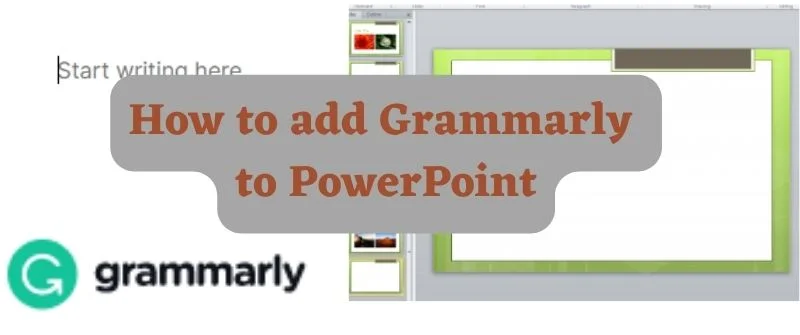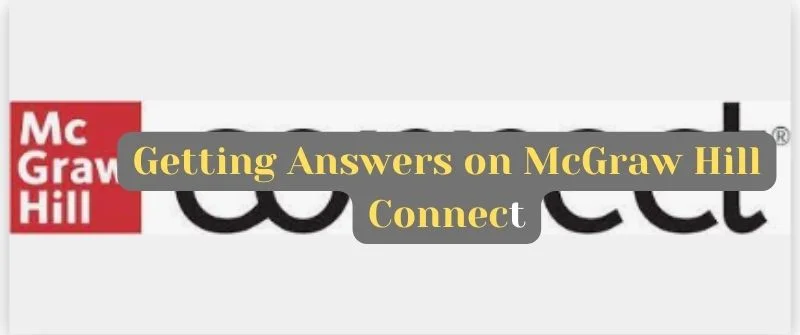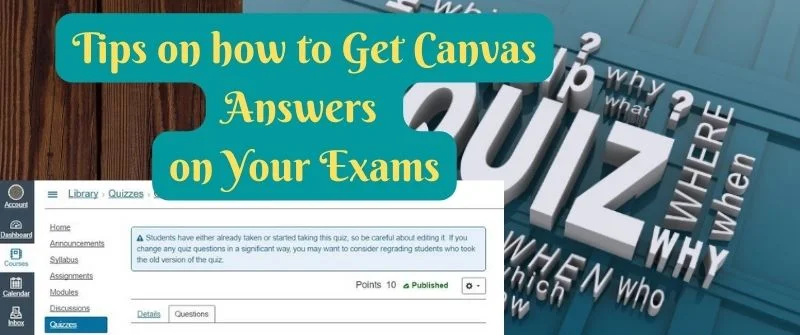How to Write an Email to a University: Admission or Information
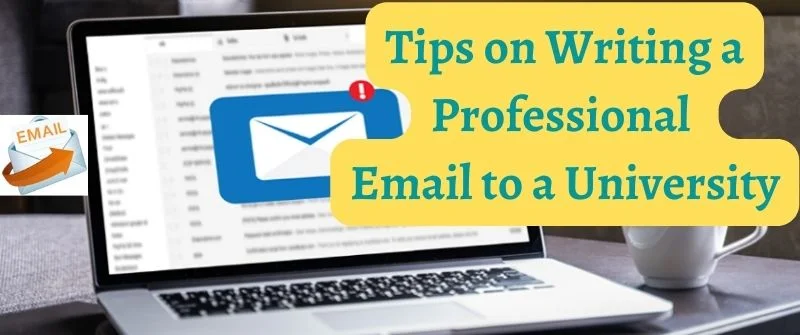
It is common knowledge to know how to compose an email correctly. However, not all of these skills are taught in school. Hence, writing professional emails can be intimidating for new graduate students and early-career researchers, especially if English isn’t their first language.
Most people are accustomed to sending fast, informal texts to their close friends, often lacking any common framework, and are sometimes riddled with slang and acronyms. Knowing how to write a professional email is vital when writing to a professor, researcher, administrator, or business communication.
Why is it so crucial to know how to compose an email properly? If you want to attend university, you must speak successfully in any professional context. Professionalism will assist you in achieving your goals.
You are significantly more likely to succeed if the tone of your communication is acceptable and the substance is appropriate. It applies whether you are applying for admission, requesting course details, or asking for a position or financial aid.
People Also Read: Personal Description Essay: How to Start and an Example
How to Write an Email to a University
Aim at the clarity of your email for any professional correspondence. You will most likely be writing to someone who has a limited amount of time or uniquely speaks English (i.e., the United Kingdom English/American English/Australian English) or isn’t a native English speaker.

Different professional and cultural backgrounds also play a role, but we will stick to the basics for the time being.
The general structure of the professional email is:
- Salutation/Greeting
- Subject / Reason
- Statement / Request /Answer
- Summary, if necessary
- Close
This is a general outline; the exact structure is determined by the context and purpose of the email.
What to Consider When Writing Professional Emails
Writing an email is crucial for presenting oneself and making a solid first impression. When writing professional emails, there are two essential things to consider:
1. Formal Tone
Using a formal tone will improve the professional communication of your emails by communicating your respect for the email recipient’s position.
This includes remembering to say Please, Thank You, Sorry, Apologies, If possible, and at your convenience, when appropriate.
Depending on the situation, especially if you have never met the person, you should use their title and last names, such as Ms. Abc, Mr. Bac, Dr. Abc, or Prof. Abc. Consider using the more informal greeting once you have been advised that it is okay to use the recipient’s first name or sign their first name to a response.
2. Concise Writing
Many of the people you are writing are professionals and are likely to be preoccupied with administrative duties, teaching, or research. It is essential to be succinct and to the point to show your appreciation for their time.
In business emails, avoid sending emails that are full of useless material. Your professional emails should also be well-structured, with an introductory and closing paragraph separating the message’s body.
Instead of using a casual greeting such as Hi, you should start your emails with Dear or Hello. Some polite closing remarks include Sincerely, Thank you, Best wishes, and Best regards. Keep your message brief; if possible, keep it to a few sentences.
Keep your name out of the greeting and make sure the subject line is concise.
People Also Read: Essay Copy and Paste: Write 500-10,000 Words without Copying
Guidelines for Composing Professional Emails Include:
1. Create a Specific Subject Line

A good subject line informs your receiver about the content of your email. Make yours brief and to the point. Include the class number and section in the subject line if your email is about a class.
2. Start with an Appropriate Salutation
Begin with a greeting such as “Dear” or “Hello”
These formal greetings should be used when sending a professional message to your instructors and administrators.
3. Address the Recipient Correctly
- If you write to a non-faculty administrator, address them as “Mr. Last name” or “Ms. Last name.” If you want to be exact, you may check their profile to see if they have a Ph.D. or DA.
- If you are writing to a professor or instructor, use the title “Professor Last name.”
- You may address your instructor or professor as Dr. Last name” if they have a Ph.D. or DA, but “Professor” is also acceptable.
- Avoid using “Professor First name,” “Dr. First name,” or “Mr. First name” when addressing administrators or faculty.
4. Introduce yourself and State your Reason for Writing
If you haven’t met your recipient or are concerned that they may not remember you, introduce yourself. Give some context for why you are sending the email. This is the section where you make a request, make a statement, or respond.
Many people use this space to explain why they are making a request and specify how important or urgent it is. For example, ‘I am requesting a reference letter since I am applying for a master’s degree in Economics at XYZ University, and applications are due on March 1st,’. This information can be presented in the rationale part of the email earlier on.
If you are answering, it is unlikely that your email will be long enough to include each of these components. If appropriate, the response follows the email’s rationale or clarification.
This section is crucial because it allows you to clarify what you thought you were asked and allows the receiver to understand why you’re responding the way you are. This eliminates the possibility of miscommunication, which occurs much too frequently.
In a nutshell, make sure you are courteous, direct, and clear about what you are writing.
5. Summary
This section allows you to provide extra clarification, but the email is a short response; you can skip it. You can summarize your email and what you think the next step will be in this part.
For instance, ‘I have attached my transcripts to help you with the admission process. If you have any difficulties accessing them, please let me know,
6. Close the Email
This is the last section, but it is also the most significant.
It’s your last chance to be kind and finish your email in the best possible way, effectively the “icing on the cake.” It is crucial to close on a positive note, such as “regards, thank you for your time, or I eagerly await your response.” These aren’t overly formal and are helpful on practically any occasion during your time at university.

Keep this section short and treat it as if you were speaking to the recipient; if it isn’t appropriate in person, it won’t be relevant in an email. Lastly, include a signature block or a consistent way for the recipient to see your name at the bottom of the email.
If you want to assist the recipient in helping you or contacting you, include your student number and other ways they may contact you.
Reasons to Contact a University
There are many reasons why you may need to send an email to the university, including:
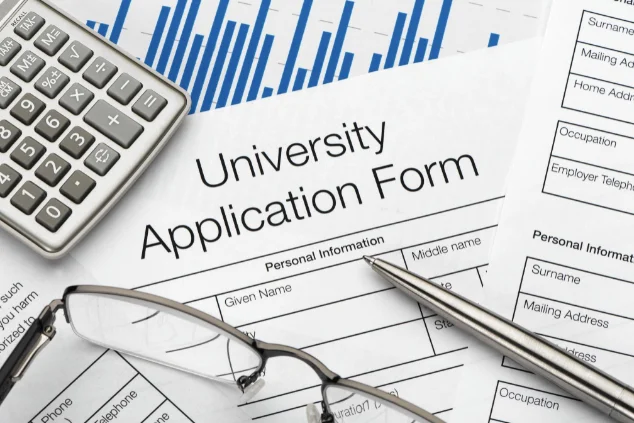
- Contacting your professors
- Asking for information or admission
- Name or other detail correction at the admission office
- Applying for a position, financial assistance, or scholarship
- Requesting course information from a university department
People Also Read: Hardest Essay Topics For High School and University Students
Dos and Don’ts of Emailing Your University
DOs
Ensure your email:
- It is formal and concise
- It has an informative subject line
- Closes on a positive note
If you are seeking a research opening:
- Read the professor’s website
- Explain why research is critical to your objectives.
- Indicate your interest in that particular study group.
- Request a meeting or inform them that you will be arriving during office hours.
If you’re applying for a position, make sure you meet the requisite qualifications and demonstrate your experience.
DONTs
Avoid:
- Sending messages with typos
- Using salutations that are too informal
- Sending emails that are full of useless material
- Using slang, abbreviations, contractions, or emoticons
- Addressing faculty or administrators by their first names

When not handling complex essays and academic writing tasks, Josh is busy advising students on how to pass assignments. In spare time, he loves playing football or walking with his dog around the park.


